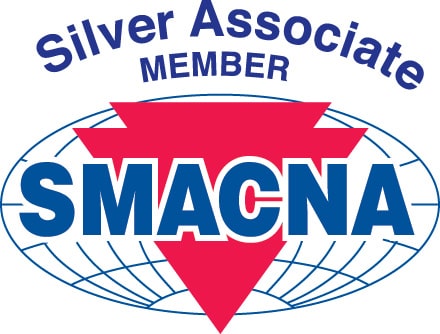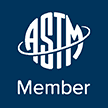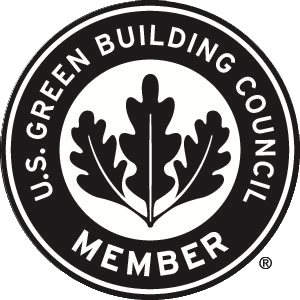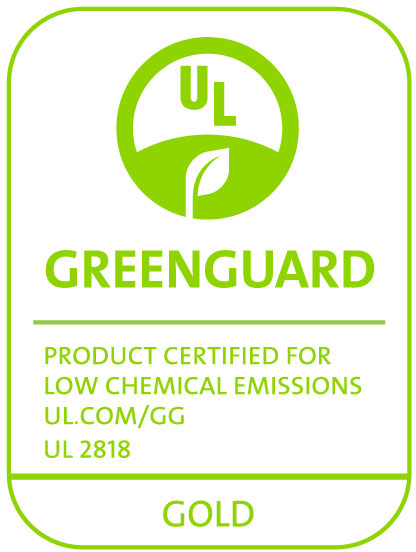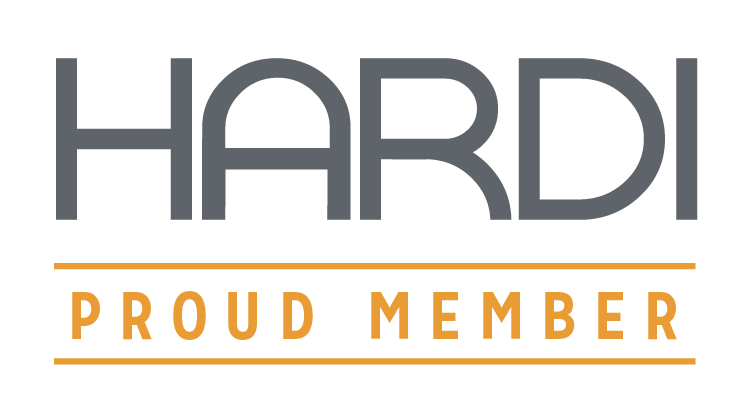Currently, confusion exists in the U.S. mechanical insulation industry (closed cell elastomeric foam pipe, duct, and equipment insulation to be specific) about the differences between well-known fire behavior safety standards such as ASTM E84 25/50, UL 723, and NFPA 255.
Ever since the destructive building fires throughout the United States dating back to the early 1900s, fire protection codes and standards have been designed to reduce the risks associated with fires and the building materials that fire comes in contact with. Some elastomeric foam insulation manufacturers reference one, two, or all three standards in their technical data. One manufacturer currently touts that their product is the first to pass UL 723. This post will attempt to demystify what each standard represents without a lot of process and technical detail.
Underwriters Laboratories, Inc. (UL) developed the first industry-recognized standard called UL 723 “Test for Surface Burning Characteristics of Building Materials” using the “Steiner Tunnel” in 1950. Although updated throughout the years, the purpose of UL 723 is to compare the relative burning behavior of a material. The flame spread and smoke developed index results are reported on a scale from 0 (cement board) and 100 (red oak). The flame spread index (FSI) for pipe and duct insulation used in an air plenum must be 25 or less and smoke developed index (SDI) 50 or less, commonly referred to as “25/50” rated.
ASTM International, formerly known as the American Society of Testing and Materials, is a non-profit organization of industry volunteers who develop voluntary standards for materials, products, systems, and services. ASTM adopted UL 723 in 1961 and titled their standard ASTM E84 25/50 “Standard Test Method for Surface Burning Characteristics of Building Materials”.
The National Fire Protection Association (NFPA) adopted UL 723 in 1955 titling their standard NFPA 255 “Standard Method of Test of Surface Burning Characteristics of Building Materials.” The NFPA Technical Committee withdrew NFPA 255 in 2011 since it was technically equivalent and now references ASTM E84 25/50.
The following model codes and standards reference ASTM E84 25/50 (UL 723) for insulation materials:
- International Building Code (IBC)
- International Mechanical Code (IMC)
- International Fire Code (IFC)
- International Residential Code (IRC)
- Uniform Mechanical Code (UMC)
- NFPA 90A—Standard for the Installation of Air-Conditioning and Ventilating Systems
To summarize, ASTM E84 25/50 and UL 723 both utilize the Steiner Tunnel test, process, and update their standards concurrently so they are essentially the same test method.
Since model building codes reference ASTM E84 25/50 and UL 723, identifying, specifying, and installing closed cell elastomeric foam pipe and duct insulation from reputable U.S. manufacturers that publish a 25/50 rating per ASTM E84 25/50 and/or UL 723 will ensure safe mechanical design and code compliance.
One final note…due to increasing insulation thicknesses needed to meet energy codes and demanding condensation control applications, it’s important to ensure that the insulation thickness selected passes 25/50 if required for your project. Typically, closed cell elastomeric foam passes in the U.S. up to 2” [50 mm] thick. However, non-halogen formulas are limited in their ability to pass ASTM E84 25/50 or UL 723 without flame retardants so check with the manufacturer under consideration.
To learn more about which Aeroflex products are ASTM E84 25/50 compliant, please click here.
Sources:
https://www.astm.org/Standards/E84.htm
https://standardscatalog.ul.com/ProductDetail.aspx?productId=UL723





